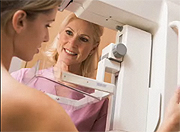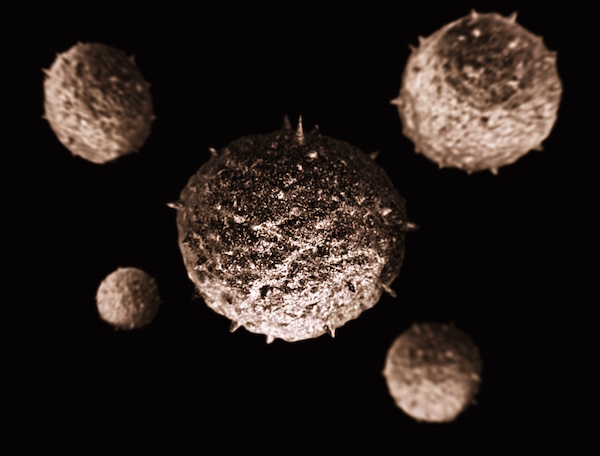
WEDNESDAY, March 24 (HealthDay News) — Screening women for breast cancer does not appear to increase overall survival from the disease, a new study finds.
The increased survival rates may instead be due to controlling risk factors and improved treatments, the researchers suggest.
“Mammography screening is not as good as we hoped years ago,” said study author Dr. Karsten Jorgensen, a researcher at the Nordic Cochrane Centre in Copenhagen, Denmark.
“It is questionable if it saves women from dying from breast cancer, but we are certain that it has serious harms such as overdiagnosis and overtreatment of lesions that would otherwise never have caused problems, unnecessary recalls with long-term psychological consequences, and unnecessary biopsies and worries,” Jorgensen added.
The report is published in the March 24 online edition of the BMJ.
For the study, Jorgensen’s team compared the changes in death rates from breast cancer in two Danish screening programs with areas in Denmark that do not screen women for breast cancer. They looked at the 10-year period after screening would be expected to have an effect on breast cancer deaths and compared that with the 10-year period before screening was started.
In addition, they looked at three age groups: women aged 55 to 74, who would benefit from screening; women aged 35 to 55, who were too young to have benefited from screening; and women aged 75 to 84, who were too old to have seen an effect from screening.
“In the age group that could benefit from screening mammography, breast cancer mortality in Danish regions that did not offer mammography screening decreased similar or more than in those regions that did [offer mammography],” Jorgensen said.
Jorgensen’s group found among women aged 55 to 74, breast cancer deaths dropped by 1 percent per year in the screened areas, compared with 2 percent per year in the non-screened areas. Among women aged 35 to 54, deaths from breast cancer dropped by 5 percent per year in the screened areas and 6 percent per year in the non-screened areas. For women aged 75 to 84, there was no significant change in breast cancer mortality either with screened or non-screened areas, the researchers noted.
“The decline in breast cancer mortality began years before the mammography screening program did, and the declines in breast cancer mortality were much larger in age groups too young to benefit than in the age groups that could,” Jorgensen said. “The absence of an effect of screening mammography in population statistics is clearly contrary to expectations, and our findings speak against screening mammography being effective.”
So, it is not clear-cut that mammography screening saves lives, Jorgensen said. The same researchers reported previously in the same journal that one of three breast cancers detected by mammograms never cause a problem, possibly regressing on their own without treatment.
“Similar to our study, breast cancer mortality in the U.S. has declined much more in women below 50 years than in women over 50 years, where the expected effect and screening coverage is larger. It is time to dare to ask the critical questions about screening mammography that has been avoided for many years. We may not like what we find, but it is the only right thing to do,” Jorgensen said.
However, Robert Smith, director of cancer screening at the American Cancer Society, couldn’t disagree more with that conclusion.
“The main problem with their analysis is that it is over a short period of time, and they are not able to isolate deaths attributable to cases diagnosed in the pre-screening period,” he said.
Mammography does save lives, Smith said. The ability to diagnose breast cancer early is a major reason the deaths from breast cancer have declined, he said.
Smith agrees that prevention strategies and better treatment have also saved the lives of women with breast cancer. “But they pale to the contribution of screening,” he said.
More information
For more information on breast cancer, visit the American Cancer Society.

